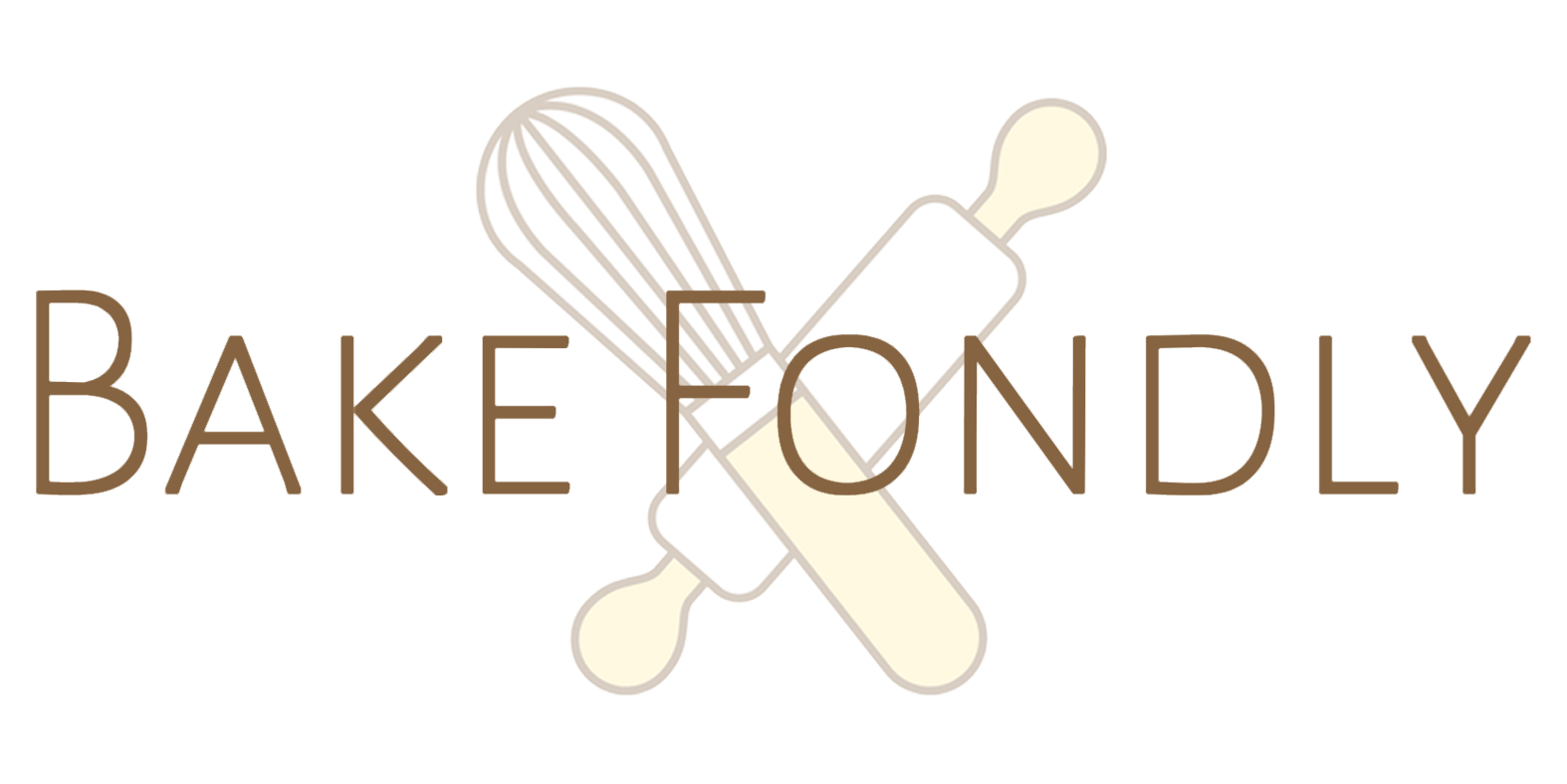Cookie Concepts:
Know Your Mix- Liquid vs. Solid Fats
Dough Chilling/Resting
Rotating Trays
Carry Over Cooking
Key Cookie Concept: Know Your Mix
The type of fat featured in your cookie recipes often dictates the mixing method required to ensure the proper cookie texture. For example, recipes that feature liquid fats instead of a solid fat (such as softened butter or vegetable shortening) can be mixed by hand . Softened fats typically call for using the “creaming method”, where the fat and sugars are creamed together to help leaven the cookie. Cold fats, such as cold butter or lard, require cutting the fat into the flour mixture quickly to preserve the texture, typically with the use of a tool or quickly with your hands to prevent melting.
Key Cookie Concept: Dough Chilling/Resting
This seems like a waste of time, but you are letting the moisture evenly distribute in the dough, resulting in a less cakey and more chewy texture. You’re also letting the dough get colder, making it easier to handle because the butter fat will solidify at the lower temperature. Most importantly, the gluten that you have developed will relax; otherwise you run the risk of letting the cookie be drier and tougher than it should be.
Key Cookie Concept: Rotating Trays
Rotating trays ensures the cookies bake more evenly, and enables you to bake more cookies at a time (none of that one tray at a time funny business).
Key Concept: Carry Over Cooking
Carry over cooking is the cooking that continues to happen even after the direct heat source is discontinued. The food products are still so hot even without the oven being on that cooking still happens. In the case of cookies, this is because of the hot tray still cooking the bottom and edges.
